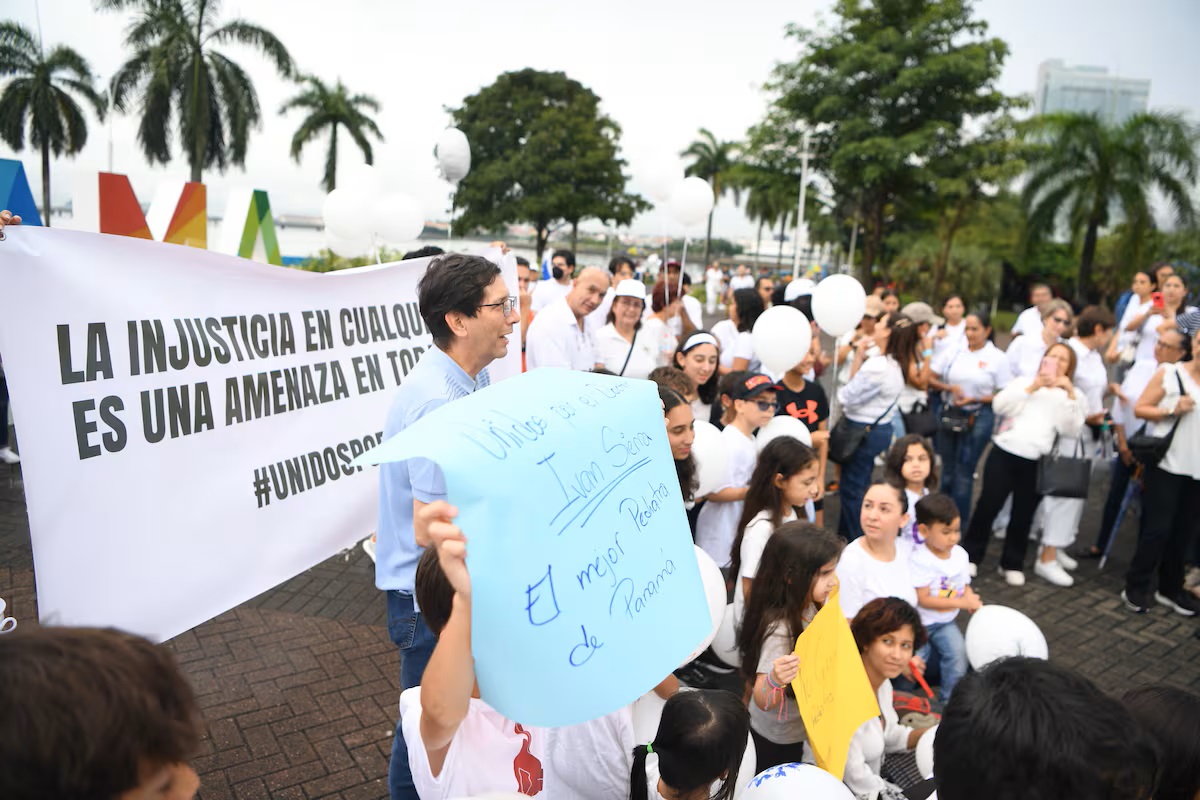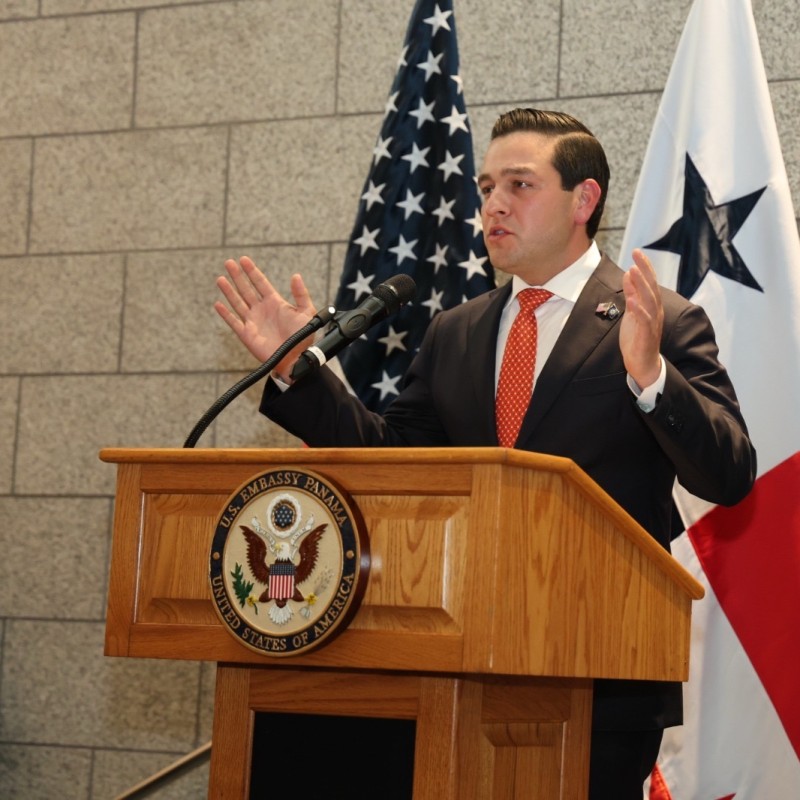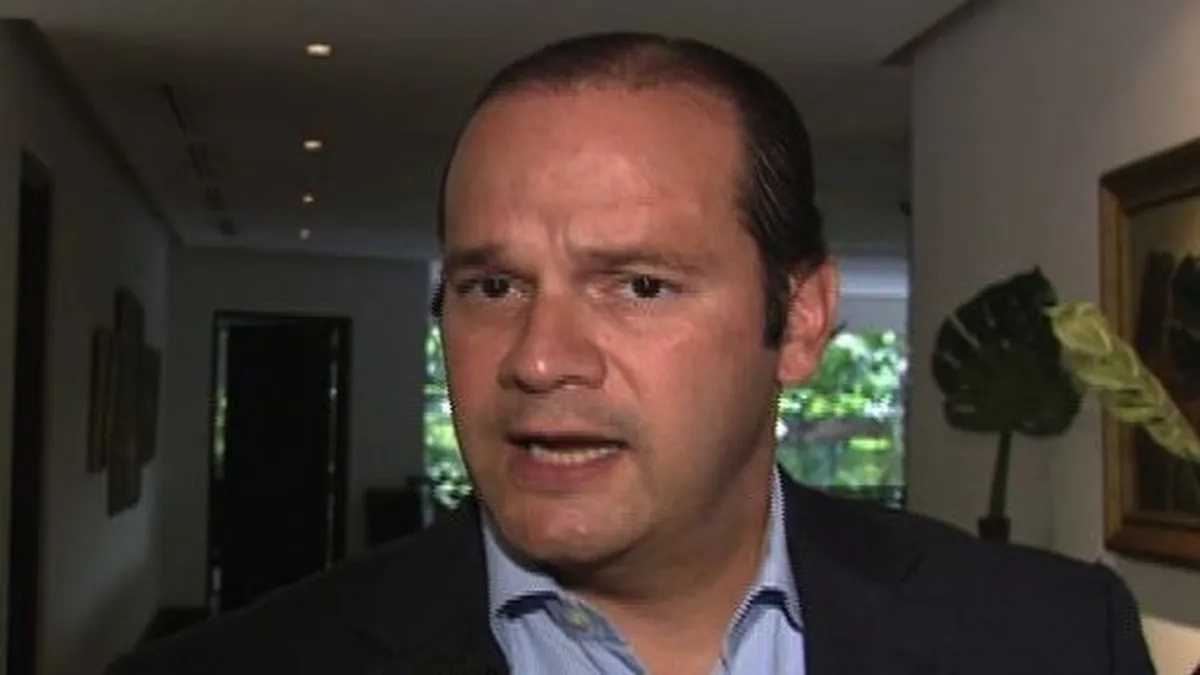Dr. Iván Sierra Questions Conviction – Death of Newborns at CSS

Neonatologist and pediatrician Iván Sierra Robles argues that the charges against him do not correspond to his professional responsibilities, according to regulations. He said that his duties as head of Neonatology were mainly administrative and supervision of health and technical personnel. The former head of the Neonatology service at the Dr. Arnulfo Arias Madrid Hospital Complex of the Social Security Fund (CSS) sentenced to five years in prison along with the pharmacist Melia Mebis Mock Sevillano, has his arguments about the tragic case that involved the death of nine newborns and left four survivors with serious after-effects. Sierra Robles recalls that, during the afternoon of June 11, 2013, patients who were stable but under critical care for apnea requiring ventilatory support, began to suddenly and gradually deteriorate. Later, some of them presented hemodynamic instability and feeding intolerance.
The next day, Sierra Robles recounts, the newborns developed coagulation disorders, accompanied by bleeding, which required multiple transfusions of blood components in the following days, thus saturating the hospital’s blood bank. Fortunately, the four surviving patients began to show signs of improvement within a week. The doctor learned that the event was related to total parenteral nutrition through the head nurse and floor supervisor, who explained that, the previous night, all ventilators had been used and several deaths of previously stable patients had occurred. From that moment on, infectious causes were investigated, as the doctor indicated that they were still dealing with problems related to the KPC bacteria (Klebsiella Pneumoniae Carbapenemase). However, the nurse in charge of one of the intermediate areas gave him a clue by telling him that only the two patients with parenteral nutrition had become complicated in her area.
Upon reviewing again who the complicated ones were, it was observed that most of them were receiving total parenteral nutrition. Of course, the order was given to suspend nutrition, he emphasized. Initially, patients were treated by their attending physicians with the support of inter-consultants. The medical director subsequently set up a situation table to handle the emergency. At that time, CSS authorities considered two hypotheses: infectious and toxic. The first was ruled out seven days later, after obtaining negative cultures and serological tests. However, the toxic hypothesis became relevant six days later, when Hildaura de Patiño, a pharmacologist and professor at the University of Panama, and Sierra Robles himself presented the possibility of benzyl alcohol poisoning to the situation table. After a review of the medication bank in the Neonatology ward, it was discovered that the heparins contained benzyl alcohol. It was at this point that the problem began.
Sierra Robles stressed that at the time of the event, the use of heparin in parenteral nutrition of neonates was valid. It was also used for blood gas tests in infants. At that time, the only heparins with sanitary registration contained benzyl alcohol. All hospitals, both public and private, and the company that produced total parenteral nutrition, used them either for parenteral nutrition or blood gas tests, but it is unknown why this happened only in the CSS. The doctor stressed that the former director of the Specialized Institute of Analysis of the University of Panama, Vasko Duque, stated that the scientific literature indicates that the concentration at which benzyl alcohol can be toxic to a specific organism is not known with certainty, so one cannot speculate on the exact toxic concentration. In addition, Duque said that although benzyl alcohol may be toxic, its toxic concentration cannot be determined with certainty due to variability among organisms.
Even in the cases reported in the United States, it could not be confirmed that benzyl alcohol was the direct cause of the deaths; however, there was a suspicion that when benzyl alcohol was used, these deaths occurred. For this reason, it was recommended to avoid the use of heparin with benzyl alcohol as a preservative in low birth weight neonates or in pregnant women. At that time, Duque added to his statement that only what was formally requested was analyzed, and in this case, benzyl alcohol was analyzed at the request of the CSS medical department. Meanwhile, Gladys Guerrero, who was a member of the technical team that conducted the investigation, said she does not believe that either hypothesis prevailed. Both were investigated equally. The difference between them is that, in the case of the infectious hypothesis, no agent involved could be determined, while, in the toxic hypothesis, it could not be concluded whether any medication, parenteral solution, enteral feeding or parenteral nutrition was the cause.
Sierra Robles does not feel that he is the only one to blame for this tragedy. He believes that the judicial process has not identified all the people who could be responsible in the case and that his conviction may be based on a lack of sufficient evidence and that there could be other people involved who have not been adequately investigated. The lawyer and former general secretary of the Public Prosecutor’s Office, Rolando Rodríguez, was consulted about the case of the newborns. He said that after the Supreme Court’s ruling, the doctor has the right to request a review of the case. If the result is not in his favor, he can go to the enforcement judge and request that his sentence be replaced with community service. This case underscores the importance of vigilance in the administration of medications and solutions in medicine to prevent similar incidents in the future.





